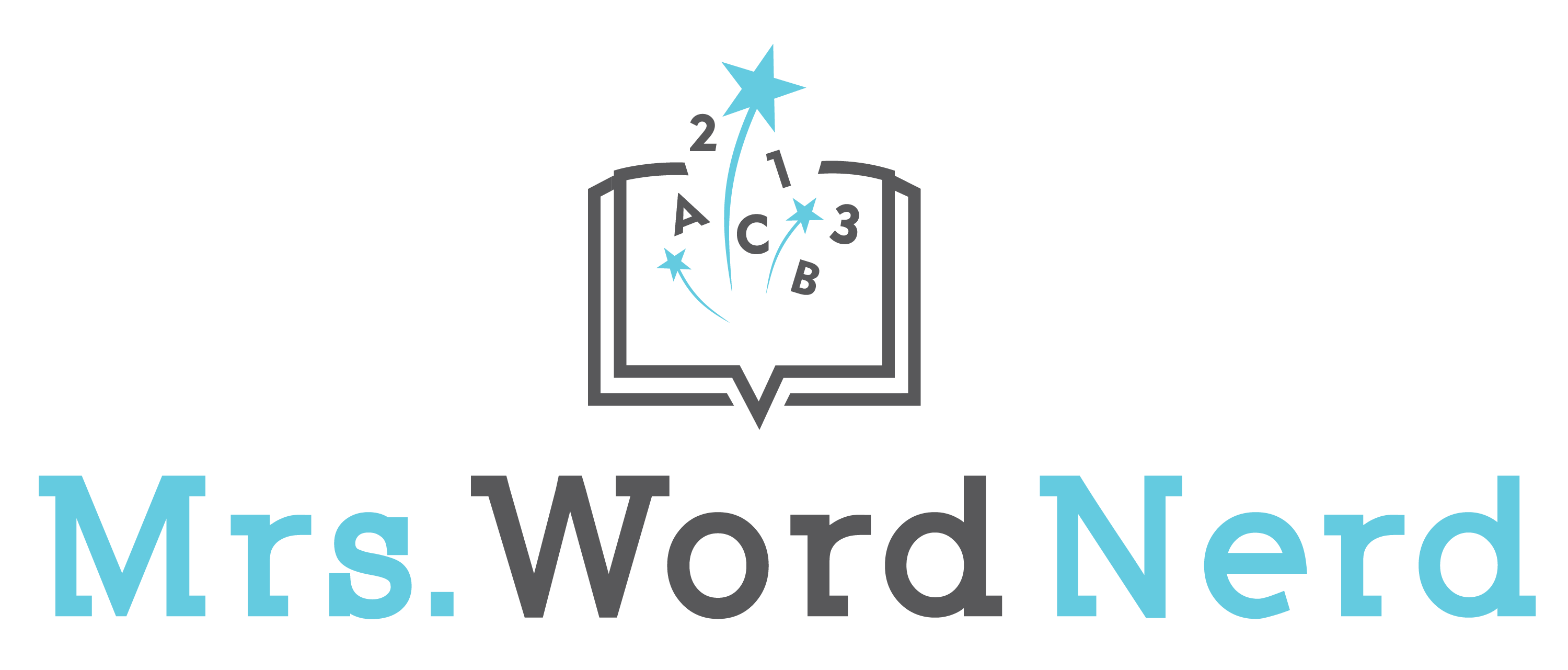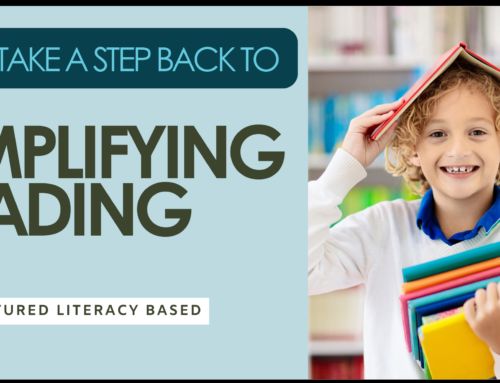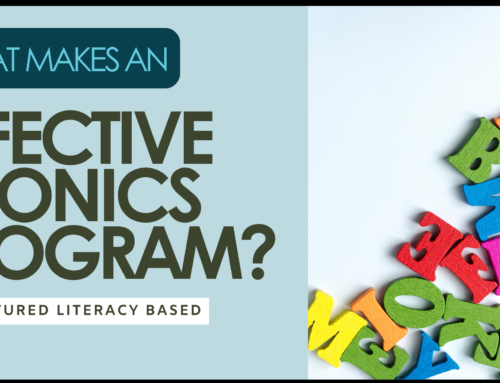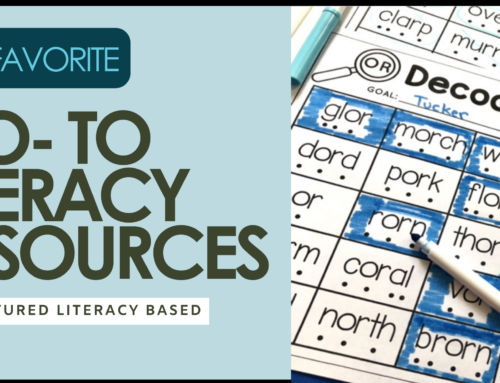Besides the Simple View of Reading, the next term used most often seems to be the Reading Rope or Scarborough’s Reading Rope. This is for good reason. The two complement each other well. Where the Simple View of Reading breaks reading down into two domains, the Reading Rope explains what is included in those two domains.
Who created the Reading Rope?
It was introduced in 2001 by Dr. Hollis Scarborough. She is a psychologist and literacy expert who has been researching how we learn how to read since 1981. She presented the different skills needed for skilled reading as strands and how they worked together. While doing this she also considers where students have difficulties developing their reading skills.
What is Scarborough’s Reading Rope?
Essentially Scarborough’s Reading Rope is a visual model to show how the many skills required for skilled reading are developed and the relationship between them.
It is broken down into two domains just like the Simple View of Reading: word recognition and language comprehension.
Those domains are further broken down into 3-5 subskills.

As Scarborough states, “It is customary to consider separately the strands involved in recognizing individual printed words from those involved in comprehending the meaning of the string of words that have been identified, even though those two processes operate (and develop) interactively rather than independently.” (Scarborough, H, 2001).
“Both language comprehension and word recognition contain specific skills that are definable, measurable and somewhat independent- yet influence one another in the development of proficient readers” (Moats & Tolman, 2019). How the Reading Rope breaks down to the specific skills gives teachers and parents a direction of what skills to consider and what ones may need to be measured depending on the skills a reader presents.
Just like with the Simple View of Reading, there isn’t more emphasis on one of these domains over another. Yet having undeveloped skills in any strand can hinder reading growth for a student.
So let’s break down these two strands to further understand what they represent.
Word Recognition
Starting here because this strand tends to be more of a focus in the earlier grades. It is broken down into three subskills:
Phonological awareness– understanding that words are made up for sounds and being able to recognize those sounds. This is just focusing on hearing and recognizing sounds.
Decoding– putting knowledge of sounds to letters (phoneme-grapheme connection) to sound out and read a word. This is when phonics comes into play, but is extended to arrive at reading a word. They don’t necessarily need to know what the word or words mean as that is covered under another subskill. This is just the ability to figure out a word.
Sight Recognition– being able to recognize common words by sight, so they don’t have to be decoded. A student just knows the word. This is not the same thing as the ineffective practice of memorizing high-frequency words or sight words. However if students do this, those words are words they would recognize by sight.
Language Comprehension
It is broken down into five subskills:
Background knowledge– understanding facts, concepts, and specific vocabulary about a subject that leads to a greater understanding of a topic. We continually build this through science, social studies, nonfiction books, field trips, experiences, and read-alouds we bring into the classroom.
Vocabulary– how many words a student knows. This isn’t just about rattling off definitions or writing definitions but understanding how words are connected. Examples of this is knowing different words that mean sad and which of those means the most sad. We explicitly teach a limited amount of vocabulary but students still learn vocabulary through read-alouds, text and talking about lesser-known words.
Language Structures– this is the syntax and semantics of how a text is structured. This is understanding the order of words and patterns we follow in our language. It is also how we derive meaning from how words and phrases are put together.
Verbal Reasoning– understanding when and how words and phrases are being used literally or figuratively with metaphors, inferences, and such.
Literacy Knowledge– understanding of genres and their structures or features and applying that to help understand as you read. This includes at the basic level how to use a book, how to read a book, and knowing fiction from nonfiction.
Reading Rope in Action
Think about it even when teaching kindergarten, the majority of the time is spent teaching from the word recognition strand. Yet kindergarten teachers are also teaching about print concepts, types of books- fiction, nonfiction, story elements, retelling a story, learning new words, and sentence structure which fall into the language comprehension strand with language structures, vocabulary, and literacy knowledge. Teaching science and social studies at any grade level ties into background knowledge.
Even at the upper elementary and above, teachers are more focused on the language comprehension strand, but still work in decoding with multisyllabic words.
Key Takeaways for Teachers and Parents
Scarborough’s Reading Rope is helpful to both teachers and parents to:
- Understand the reading process as a whole
- Visually see where students are lacking so what strands are weak
- Provides skills areas that are measurable and researched so if lacking have ways to help
- Great visual to use with parents to show how reading skills develop
- Helps with lesson planning to think about what areas are you including in lessons
Scarborough’s Reading Rope Overview
As a way to sum all of this up, I was going to put together a PDF for you, but nothing I was going to create was as good as the one that I found. It visually shows the reading rope but also breaks down what is covered in each skill area. Click here to get your copy.
With these posts on the science of reading, I’m striving to not just share because of trainings I took, but provide the resources and sources to back up this information. Below are the articles I cited or referenced so you have easy access to them if needed:
Scarborough, H. S. (2001). Connecting early language and literacy to later reading (dis)abilities: Evidence, theory, and practice. In S. Neuman & D. Dickinson (Eds.), Handbook for research in early literacy. New York: Guilford Press.
LETRS Training Manuals
A great free 30-minute webinar about Scarborough’s Reading Rope can be found here







Leave A Comment